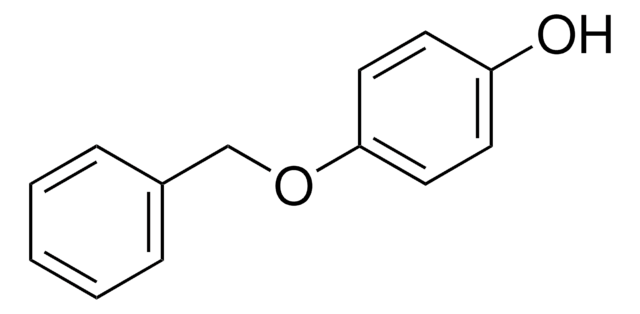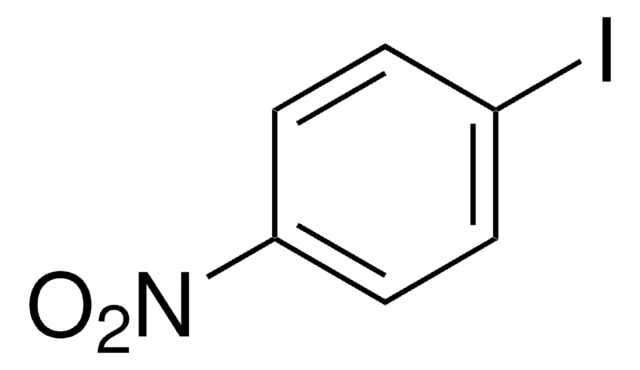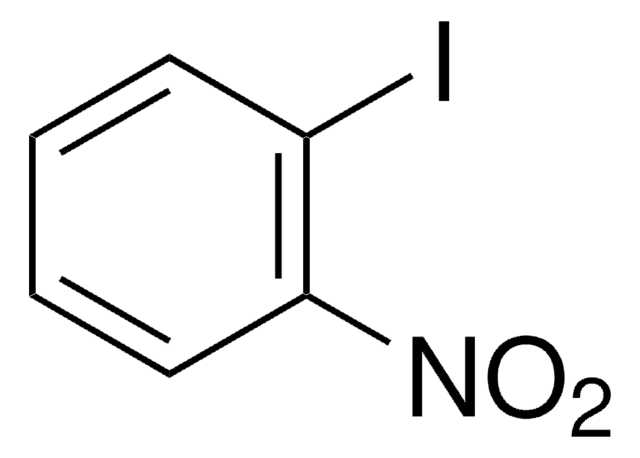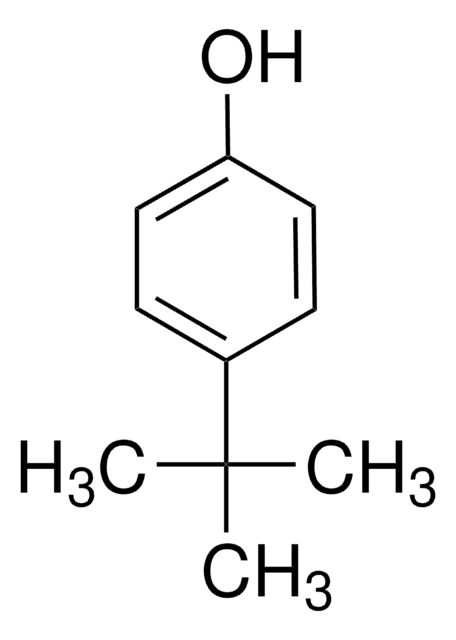158348
4-(Benzyloxy)phenol
98%
Synonym(s):
4-(Phenylmethoxy)phenol, Hydroquinone monobenzyl ether
Sign Into View Organizational & Contract Pricing
All Photos(1)
About This Item
Linear Formula:
C6H5CH2OC6H4OH
CAS Number:
Molecular Weight:
200.23
Beilstein:
1958305
EC Number:
MDL number:
UNSPSC Code:
12352100
PubChem Substance ID:
NACRES:
NA.22
Recommended Products
Quality Level
Assay
98%
form
solid
mp
119-120 °C (lit.)
functional group
phenyl
SMILES string
Oc1ccc(OCc2ccccc2)cc1
InChI
1S/C13H12O2/c14-12-6-8-13(9-7-12)15-10-11-4-2-1-3-5-11/h1-9,14H,10H2
InChI key
VYQNWZOUAUKGHI-UHFFFAOYSA-N
Looking for similar products? Visit Product Comparison Guide
Related Categories
Application
4-(Benzyloxy)phenol was used in the synthesis of bis(4-benzyloxyphenoxy)phenyl phosphine oxide. It was also used in the preparation of series of hetaryl-azophenol dyes via heterocyclic amines in nitrosyl sulphuric acid.
Signal Word
Warning
Hazard Statements
Precautionary Statements
Hazard Classifications
Eye Irrit. 2 - Skin Sens. 1
Storage Class Code
11 - Combustible Solids
WGK
WGK 2
Flash Point(F)
Not applicable
Flash Point(C)
Not applicable
Personal Protective Equipment
dust mask type N95 (US), Eyeshields, Gloves
Choose from one of the most recent versions:
Already Own This Product?
Find documentation for the products that you have recently purchased in the Document Library.
Customers Also Viewed
Synthesis, spectral properties, biological activity and application of new 4-(benzyloxy) phenol derived azo dyes for polyester fiber dyeing.
Yousefi H, et al.
Journal of Molecular Liquids, 180, 51-58 (2013)
Behrooz Kasraee et al.
Experimental dermatology, 15(7), 509-514 (2006-06-10)
Monobenzylether of hydroquinone (MBEH) has long been utilized for the depigmentation therapy of patients with extensive vitiligo. In this approach, the normally pigmented areas surrounding vitiligo lesions are depigmented to achieve a uniform skin tone. One of the important disadvantages
Jasper G van den Boorn et al.
PloS one, 5(5), e10626-e10626 (2010-05-26)
Presently melanoma still lacks adequate treatment options for metastatic disease. While melanoma is exceptionally challenging to standard regimens, it is suited for treatment with immunotherapy based on its immunogenicity. Since treatment-related skin depigmentation is considered a favourable prognostic sign during
Contact hypersensitivity to monobenzyl ether of hydroquinone used to treat vitiligo.
C C Lyon et al.
Contact dermatitis, 39(3), 132-133 (1998-10-15)
Jasper G van den Boorn et al.
The Journal of investigative dermatology, 131(6), 1240-1251 (2011-02-18)
In this study, we report the previously unknown mechanism of inducing robust anti-melanoma immunity by the vitiligo-inducing compound monobenzone. We show monobenzone to increase melanocyte and melanoma cell immunogenicity by forming quinone-haptens to the tyrosinase protein and by inducing the
Our team of scientists has experience in all areas of research including Life Science, Material Science, Chemical Synthesis, Chromatography, Analytical and many others.
Contact Technical Service













